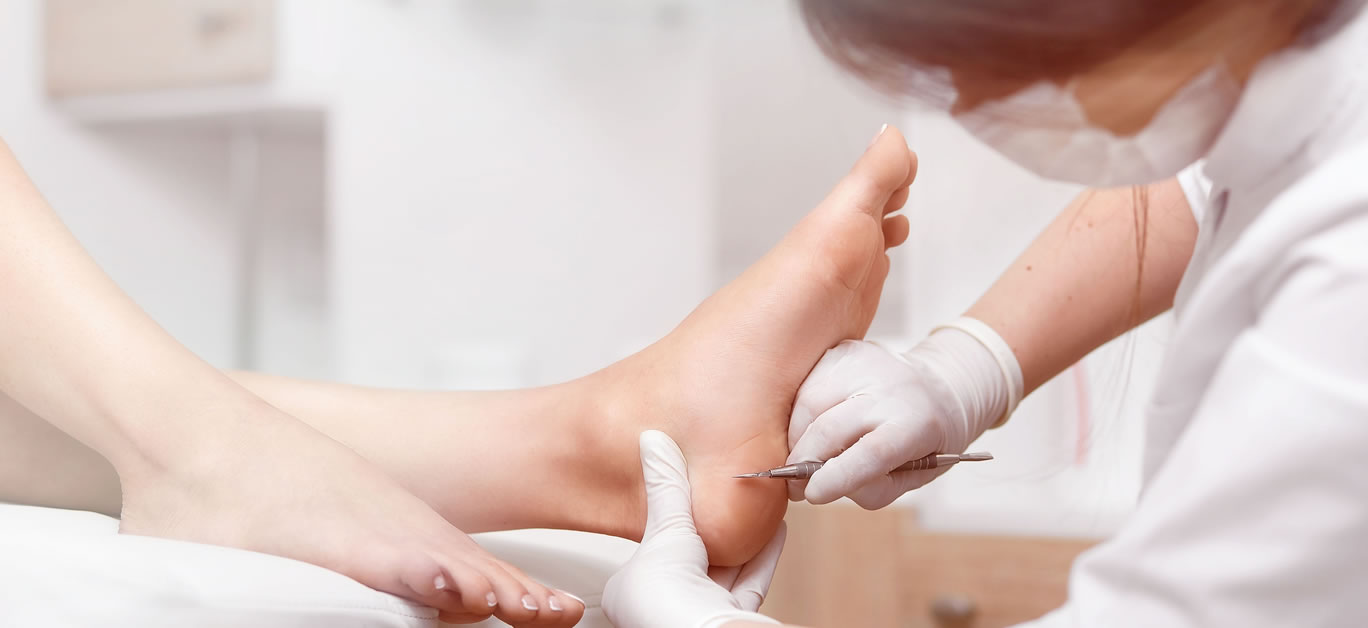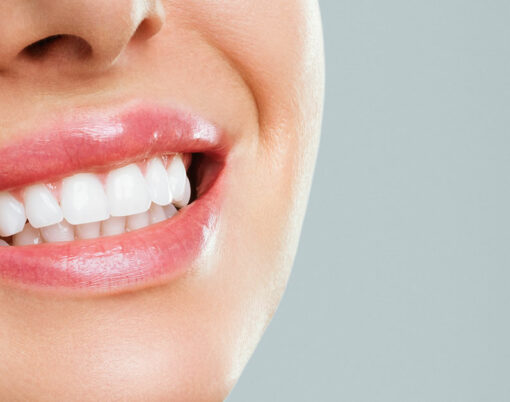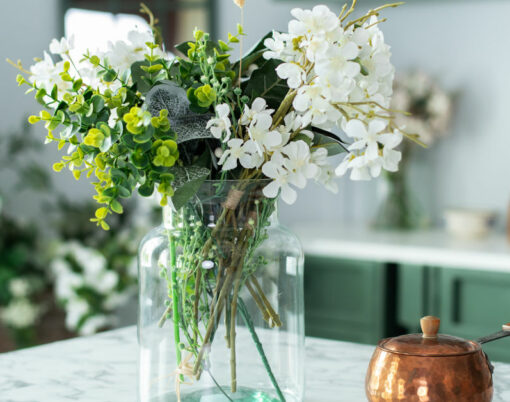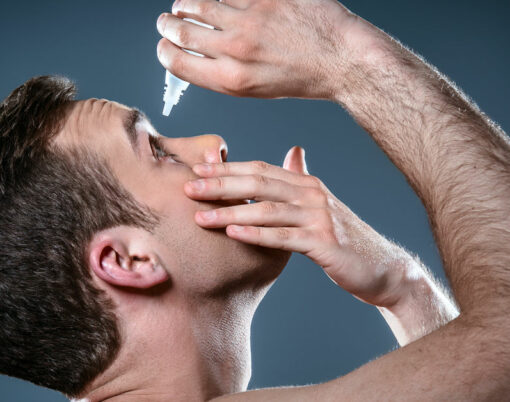Chances are you don’t spare much thought to the health of your feet, but increasingly, research shows that our feet are the foundation of our health and overall wellbeing, meaning that looking after our feet is of vital importance for all-round health.
If you struggle with problematic feet, you’re not alone. “The issue is that people neglect their feet until they have a problem,” says Sara Razi, a London based private podiatrist. According to Sara, healthy feet are a reassuring sign of good general health, and if you know what not to do you will be able to adequately look after your feet while staying at home.
Always fasten your shoes
At an early age we’re taught to tie our shoelaces, this is not just to avoid tripping but to ensure that our foot has proper support in our shoe. Not fastening straps or tying shoelaces is a common mistake that can lead to foot problems such as hard skin build-up, corns and nail pathologies. “Tying your shoelaces helps to relieve pressure points on your foot and allows for support throughout the day,” says Sara. “It’s also important not to have a size too small when buying sports trainers as your foot will swell during activity and so you should always go for a slightly bigger size to allow for this natural swelling.”
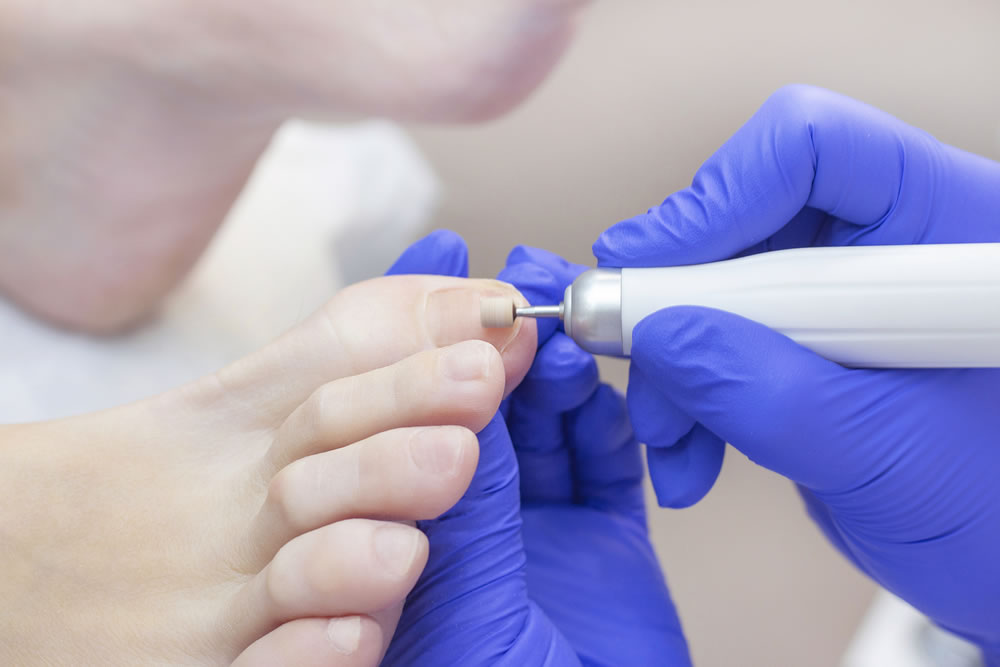
Ditch leather soles
Instead, opt for the comfort of a non-slip rubberised sole. “They offer superior durability, flexibility and shock absorption, while leather soles tend to deteriorate much quicker, especially in wet weather, and even without rain they don’t offer a great amount of grip,” says Sara. Choosing the correct sole will ensure your foot can perform its job of acting as a tripod, distributing the weight evenly between the big toe, little toe and heel.
Give varnish a rest
Common yellow-stained nails with consistent varnish applications are not a problem, but improper nail care can lead to dry, brittle nails which will require you to take a breather from varnishes.
Sara recommends making a habit of using a clear base coat before applying nail varnish. “The nail itself is dead cells composed of protein and keratin, and painting the nail plate will not affect the living cells of the nail which are located under the cuticle.” However, it is advisable to take a break from nail painting every so often to allow your nails to regain their strength.
If dry nails have become an issue for you Sara recommends Sally Hansen’s Vitamin E Nail and Cuticle Oil which will add much-needed moisture back to your nails.
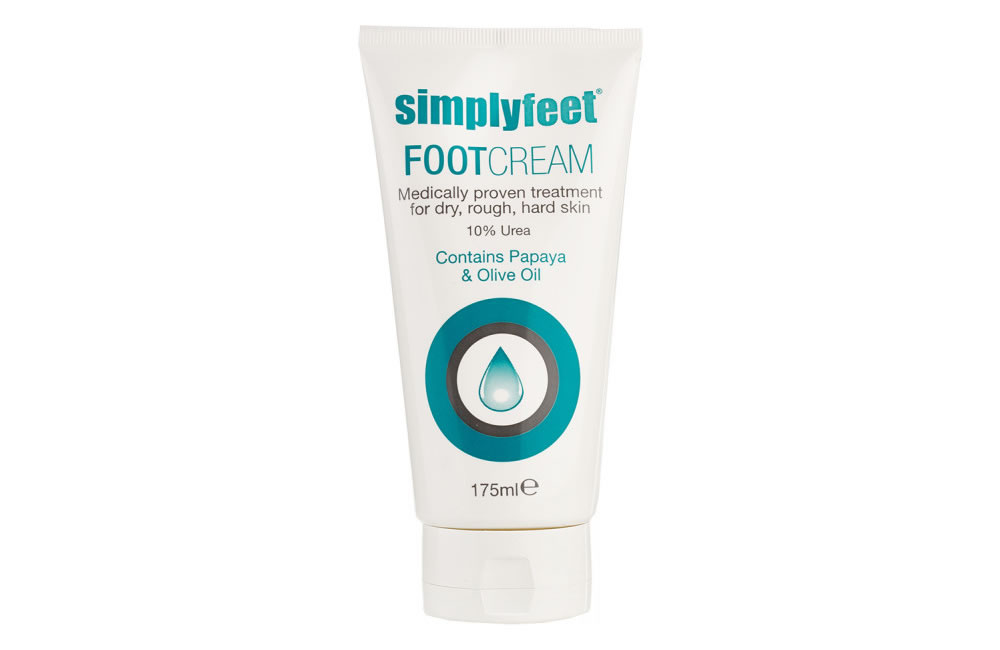
Short sole soaks
To maintain healthy feet free of infections, it’s essential to keep your feet clean. Contrary to public thought, soaking your feet isn’t as beneficial as you may believe. Although soaking may be soothing, it can lead to small cracks in the skin opening up which allows for germs to get in. Prolonged soaking also removes the natural skin oils and can worsen dry skin problems.
“15-minutes at a warm temperate is fine, but from a health point of view there isn’t any proven benefit to soaking your feet; this is just for relaxation,” says Sara. If you can’t go without a foot bath try to limit the amount you have one to every other month; be sure to dry your feet thoroughly afterwards and liberally apply a foot cream.
There’s a cream for that
The skin on the soles of our feet acts as a barrier to protect against the outside elements. As the skin is much thicker than on the rest of the body, it’s vital to use foot cream to properly nourish and prevent your feet from dry skin and painful cracked heels. “A firm favourite I recommend to all of my clients is Simply Feet Foot Cream, it contains papaya, olive oil and urea, which is superb for re-hydrating and maintaining healthy feet,” says Sara.
Leave a free edge
Toenails grow at a much slower rate than fingernails and so don’t need cutting as often. If you’re cutting your nails, be sure to adhere to Sara’s number-one tip: leave a free edge visible. “People often cut their toenails too short which exposes the tender nail-bed and can lead to ingrown nails, soreness and infection.” Leaving the visible edge of your nail will better protect your nails from infection.
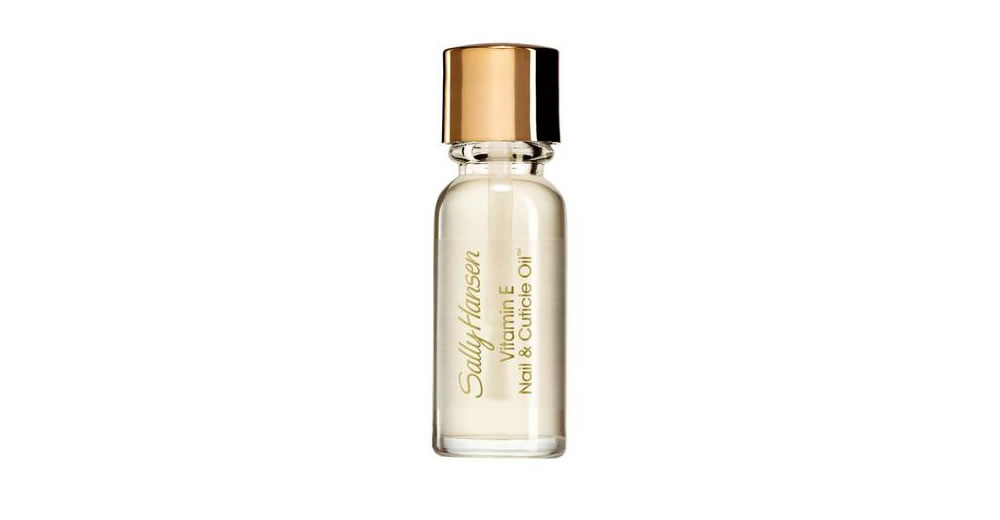
Cut out cuticle cutting
Cuticles are necessary for protecting your nails and surrounding skin from infection. Cutting the cuticles allows for a point of entry for bacteria and fungus which can lead to avoidable nail diseases. To prevent unnecessary damage to your nail, refrain from cutting cuticles, and instead, Sara recommends using a cuticle stick to push back the cuticles which will give the same effect as cutting without the risk of irritation or infection.
Find the shoe for you
Properly fitting shoes can help to improve your gait and posture, ill-fitting shoes will lead to common foot problems such as corns, calluses and ingrown toenails. Shoes should absorb impact and offer a comfortable amount of support. Sara suggests buying a new pair of shoes when your current ones begin to feel loose. “As soon as you feel your foot is not being held properly it’s advisable to purchase a new pair.”
As our feet are our foundation for providing our mobility, it is crucial that our footwear provides sufficient support and comfort. “A good practice is not to be afraid of trying on as many pairs as needed until you find the perfect fit,” recommends Sara.












